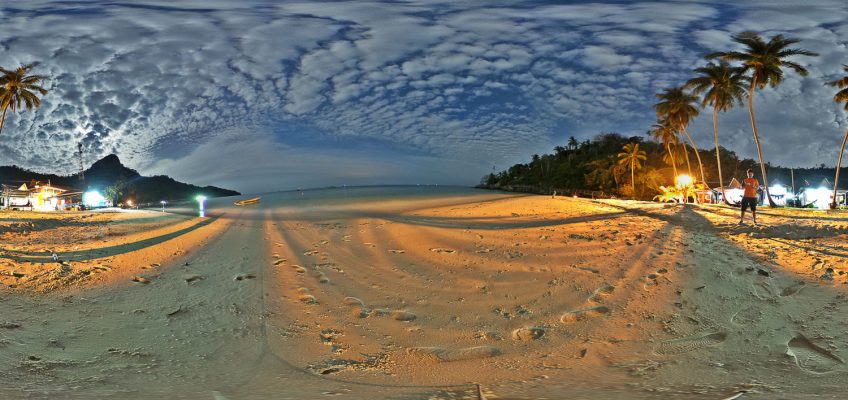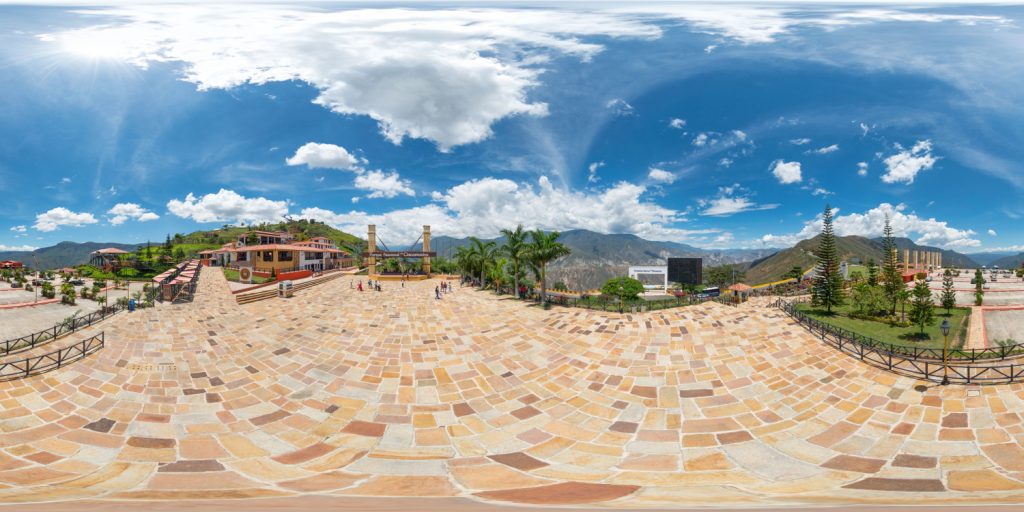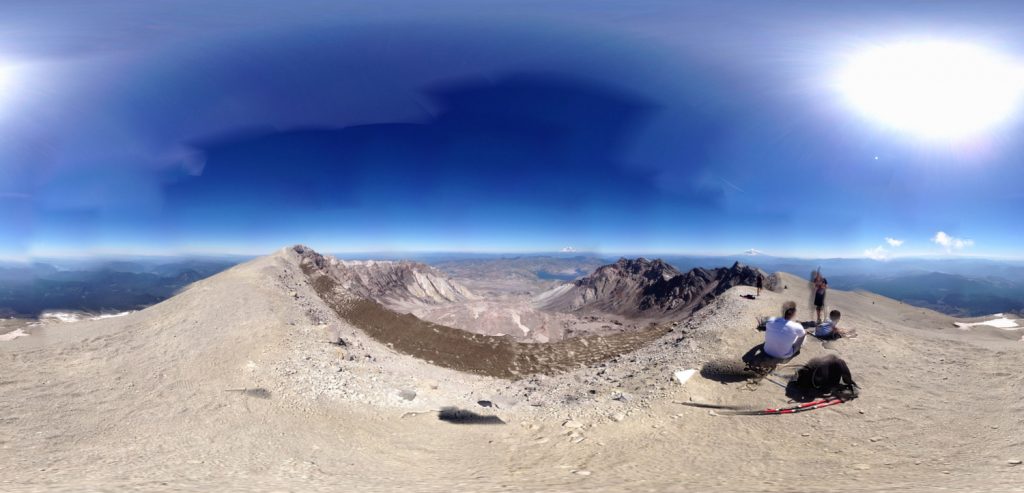For immersive technology to take hold in the mass consumer market, it will need to engage users, letting them easily create and share their own content.
When they started YouVisit in 2010, Abi Mandelbaum, Endri Tolka and Taher Baderkhan wanted to share their diverse experiences. Hailing respectively from Colombia, Albania and Jordan, they understood how inspiring it was to actually see all the different places and experiences that the world had to offer.
The ultimate value of VR is to allow the average person to capture and share their life experiences Click To TweetHaving met as University graduates, all 3 Co-Founders shared a common frustration of having had to apply to schools in the US without being able to do a campus tour beforehand. Virtual Reality, they felt, would empower people to make more informed – and fun – decisions in every aspect of their lives. The ultimate value of this technology, however, would be in allowing the average person to capture their own life experiences and share them.
YouVisit is seeing consumers and brands create interactive, immersive content for every need Click To Tweet“In a world where we are constantly capturing life’s moments via SnapChat, Instagram or other social applications – virtual reality is the ultimate “selfie,” says their CEO Abi Mandelbaum
Their Experience Builder platform provides a free way to let the average person create virtual experiences from the media resources they already have at their disposal, whether it’s 360-degree video or traditional pictures. Once you share an experience, your friends and family can access that content on any VR headset such as Google Cardboard, Samsung Gear VR or the upcoming Daydream app, for which they’re one of the first partners – or stream it on mobile devices (both iOS and Android). There is also the option to host the content on the YouVisit platform and embed it onto a 3rd party site for desktop viewing.
“User-generated experiences are what will help to fulfill the growing need for highly-engaging interactive VR content and enable today’s consumers to become VR content creators in their own right,” says Mandelbaum
They are now seeing consumers and brands create interactive, immersive content for every need. There are over 40,000 user-created experiences in the platform so far, which have attracted over 15.5 million views worldwide. These uses range from capturing big life moments such as a weddings to sharing a group hike up Mt. St Helens or allowing a teacher to take their students on a summer trip to South Korea.
YouVisit says they’ve tried to make the Experience Builder platform as intuitive as possible, with an interactive interface that allows the user to simply upload their content, arrange it and incorporate interactive elements. They compare it to something on the level of Microsoft PowerPoint, which most users are relatively familiar and comfortable with. As 360 cameras continue to become more feature rich and the prices continue to decline, VR experiences are likely to expand in complexity and the stories people create will also become more interactive and engaging.
VR experiences will expand in complexity and the stories people create will become more interactive and engaging Click To Tweet We need to ensure that the average consumer has a stake in the expansion of VR technology Click To TweetThe total amount of time it takes to build an interactive non-linear experience depends solely on the user – taking into account how much content they would like to include in their virtual environment, how they would like it displayed and what interactive features they want to include. Some experiences built purely from a combination of 360 and 2D images, while others choose to include additional written explanations, hotspots that connect viewers to additional videos or images and other features that add new layers of interactivity to the overall experience.
“We have seen small businesses leverage our free platform, creating virtual portfolios of their past work or business processes,” explains Mandelbaum. “With expanded features these experiences will evolve from literal depictions of the real world to take on more video-game like qualities as new capabilities enable the viewer to explore and uncover the virtual world around them. As consumers continue to become more familiar with viewing, interacting with and creating their own experiences, this will not only create a demand for brands to grow their investment in the technology, but also ensure that the average consumer has a stake in the expansion of this tech market – similar to how they have helped to shape the development of mobile applications.”
As well as engaging in high-profile commercial partnerships such as the West Hollywood experience, YouVisit plan on keeping the platform free for consumers in the long term. They’re betting that having a broader content ecosystem and community of VR creators will encourage brands to further engage with the medium and consequently invest in its development in 2017 and beyond.
Tech Trends’ Virtual Reality Consultancy services offers support for companies looking to enhance brand strategy with immersive technologies such as Virtual, Augmented and Mixed Reality
Alice Bonasio is a VR Consultant and Tech Trends’ Editor in Chief. She also regularly writes for Fast Company, Ars Technica, Quartz, Wired and others. Connect with her on LinkedIn and follow @alicebonasio and @techtrends_tech on Twitter.











